
| Recorded by: David George, Stephen Dunn, Jeff Niznik on 2023-09-07
Chatham Co.
Comment: | 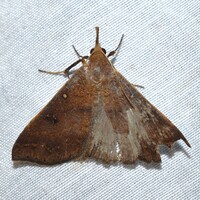
| Recorded by: David George, Jeff Niznik on 2023-07-19
Durham Co.
Comment: |
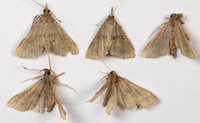
| Recorded by: Stephen Hall on 2023-06-18
Orange Co.
Comment: | 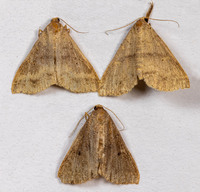
| Recorded by: Stephen Hall on 2023-06-18
Orange Co.
Comment: |
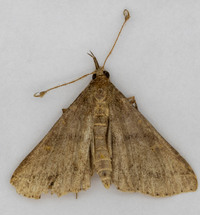
| Recorded by: Stephen Hall on 2023-06-14
Orange Co.
Comment: | 
| Recorded by: Dean Furbish on 2023-05-25
Wake Co.
Comment: |
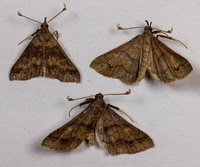
| Recorded by: Stephen Hall on 2023-05-23
Orange Co.
Comment: | 
| Recorded by: Stephen Hall on 2023-05-23
Orange Co.
Comment: |
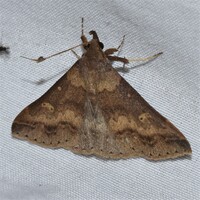
| Recorded by: David George, Jeff Niznik on 2023-05-17
Chatham Co.
Comment: | 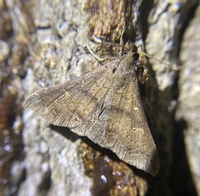
| Recorded by: David George, L. M. Carlson, Stephen Dunn on 2022-09-17
Orange Co.
Comment: |
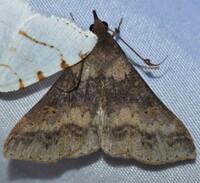
| Recorded by: Jeff Niznik on 2022-05-25
Chatham Co.
Comment: | 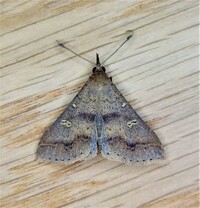
| Recorded by: Gary Maness on 2022-05-19
Guilford Co.
Comment: |
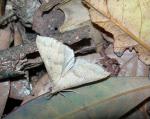
| Recorded by: R. Newman on 2021-05-27
Carteret Co.
Comment: | 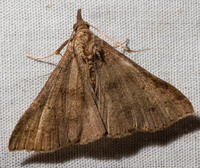
| Recorded by: Steve Hall on 2020-06-13
Orange Co.
Comment: |
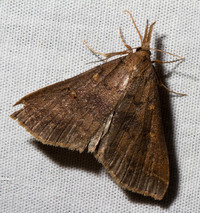
| Recorded by: Stephen Hall on 2020-05-31
Orange Co.
Comment: | 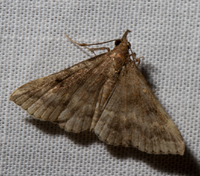
| Recorded by: Steve Hall on 2019-06-23
Orange Co.
Comment: |

| Recorded by: Steve Hall on 2019-06-01
Stokes Co.
Comment: | 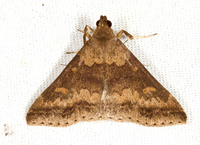
| Recorded by: Jim Petranka and Becky Elkin on 2019-05-28
Buncombe Co.
Comment: |
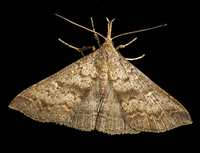
| Recorded by: Stephen Hall on 2015-06-17
Orange Co.
Comment: | 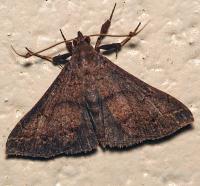
| Recorded by: Paul Scharf on 2011-09-01
Warren Co.
Comment: |
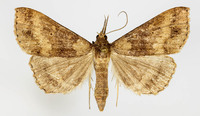
| Recorded by: Steve Hall on 1995-09-27
Onslow Co.
Comment: Female. Wingspan = 31 mm |

 »
»



 »
»

